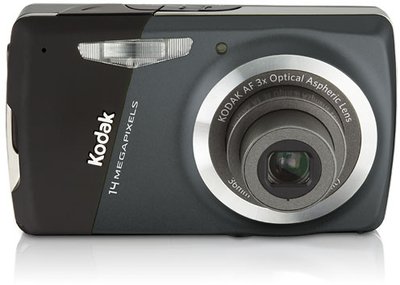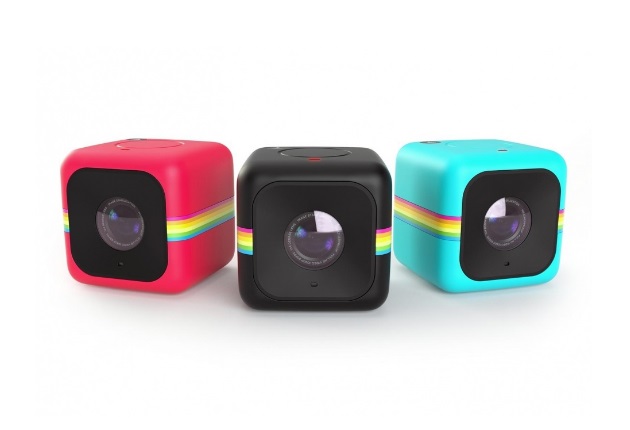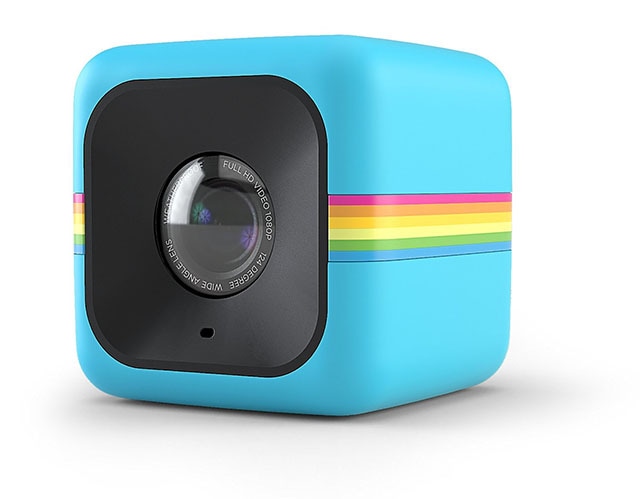

These compounds make the water "wetter" they lower the surface tension so the cleaner can get into tiny more hydrophobic spaces on the LP. There are other pure non-ionic detergents, e.g., Tween-80, Nonidet P40, etc, that are either identical chemically to Triton X100 or work just as well. I always use Triton X-100 which comes in near 100% solution, and little bit, a drop or two in a liter of cleaner, is all you need. (I just looked this stuff up I don't pretend I always knew it, but I have known not to use Photo-flo, though many do.) Propylene glycol is arguably not good for LPs. The non-ionic detergent component is less than 10% of the make-up of Photo-flo. Kodak Photo-flo is a mixture of propylene glycol (20-40%), aka "anti-freeze", and a non-ionic detergent that is probably in the same family with Triton X-100 but is chemically a bit different. It is a true surfactant used mostly in biology and I suppose for industrial processes. That is my process and the only times I have problems is when I have used a sqeagy.Ml89009, Triton X-100, recommended by Mijostyn, is a non-ionic detergent, otherwise known as "2-ethanol". Shut the water off, hang the film, and make sure to close the door on your way out to allow the steam to stay in. By now the bathroom should be steamy and humid. After the water starts overflowing, dump the water and start filling up again, all while rapidly twisting the tube thing. After I add the photo flow I again rapidly twist the inner tub, shortly after, I turn the tap on again, continuously and rapidly twisting the inner tube. After a solid 1-2 min of rinsing, I dump the water and then add enough water to reach the top of the real. I swish the water around by either swirling the container or by rapidly twisting the inner tube that the reels are on. Take the lid off the dev tank and just let the tap run. Then I start the shower to the hottest setting and let it start steaming up the bathroom. Here’s my process:Īfter fixing it give the film a good rinse. Out of laziness and not wanting more things to store I use that rather than distilled and it seems to be working fine. In my city we get tap from a river and it is treated. How do you do it, or what is the correct 'school-taught' way of doing it? Or am I doing something else wrong?Īnd on a second note - how do I clean uncut film with said streaks the best way without hurting the film? It's driving me insane - everything else always works like a charm when developing but I can't for the life of me get clean negatives.

Now, I could just leave out the Photoflow but likely would still get light watermarks, but I just want to make it work.

I even scrubbed all my developing gear recently in case it was somehow grimy and the reason for the streaks but that also did nothing. (At max 1:200 solution, most of the time weaker, always fresh from undiluted stock).

After that one go with Photoflow with different techniques as mentioned above. After that the Ilford washing method (5 inversions, 10 inversions, 20 inversions).
#Alternatives to kodak photoflow plus
Then Stopbath with tap water, after that Adofix Plus 1:4. I'm open to buying distilled water but I'd really like to not need another bottle in the cabinet.). Here is how I develop: HC-110 with mostly Ilford HP5+ or Pan400, Dilution B, tap water (we have glacier water here as tap water, extremely low water hardness. I even tried to make an extra weak photoflow solution, something like 1:400, doesn't matter. I've tried several things, from agitating the photoflow solution + film, letting photoflow solution dispers over time and only putting film in very slowly only once - to holding the film like a big 'U' and pulling it through the water left to right to left. Before using photoflow I got watermarks but they were light and few and I usually cleaned them off with a microfiber/negative-cleaning tissue. Strange thing is I feel like there was a time when I didn't have these problems, but I don't shoot/develop enough to pinpoint it to a certain time when it worked, or, I'm not even sure if it did ever work. My negatives always end up with those photoflow-streaks/schlieren, no matter what I do. Recently I have a lot of problems with Photoflow.


 0 kommentar(er)
0 kommentar(er)
